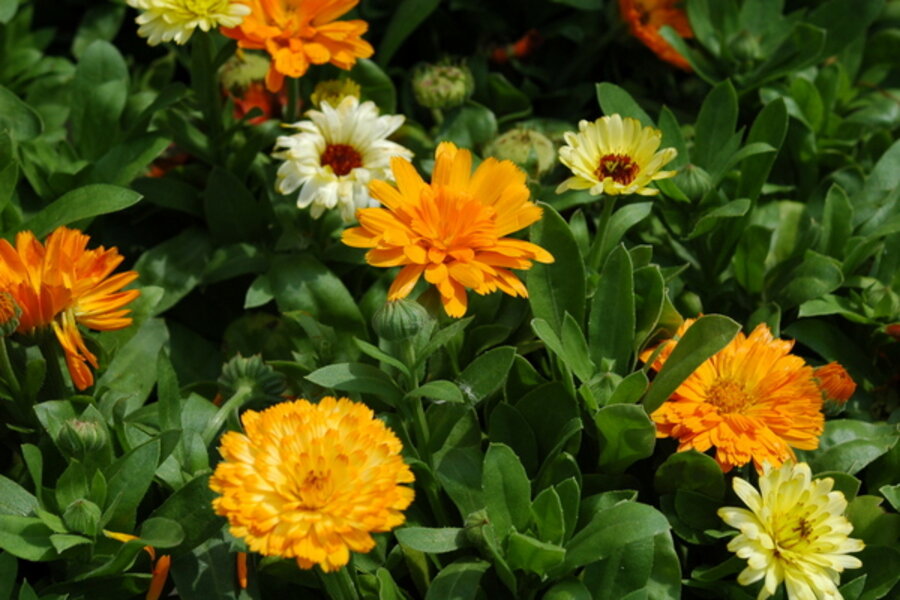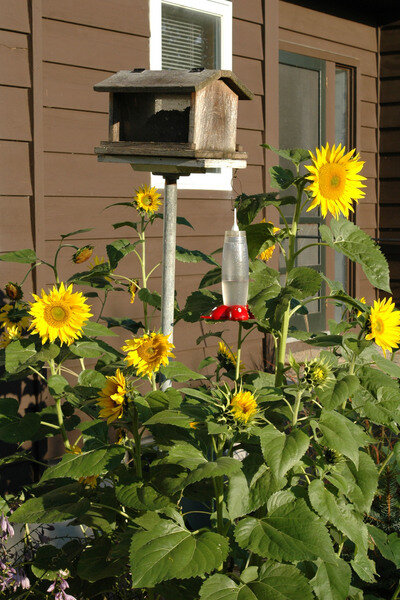Self-sowing annual flowers
Loading...
Talk about easy — under each of my bird feeders is a stand of sunflowers, sown by chickadees, goldfinches, and their friends. The plants sprang from seeds dropped during the summer.
Better yet, there are a few true annuals -- plants that germinate, flower, set seed, and die in one season -- that you may not have to plant twice. If your location, soil, and weather are congenial, these determined and self-reliant flowers will return, growing from over-wintered seeds that were produced last year.
The most likely candidates are species, rather than hybrid cultivars, or older, open-pollinated varieties. Fancy-pants hybrids are unlikely to self-seed, and those that do rarely produce uniform progeny. Mama and daddy may be redheads, but their offspring are likely to be magenta or mauve.
Reliable self-seeders
In northern New England, where I live, the number of self-sowing annuals is smaller than it would be in warmer regions. My list — some more dependable than others — includes
Borago officinalis, borage
Calendula officinalis, pot marigold
Centaurea cyanus, cornflower/bachelor’s buttons
Cleome hasslerana, spider flower
Coreopsis tinctoria, golden coreopsis,
Cosmos bipinnatus, cosmos
Euphorbia marginata, snow-on-the-mountain/ghost weed
Lunaria annua, honesty/moneywort
Malope trifida, annual mallow
Nigella damascena, love-in-a-mist
Papaver rhoeas, Flanders Field poppy/corn poppy
Papaver somniferum, opium poppy
Be warned that growing opium poppies is illegal in the US, although a half-dozen plants in a flower garden are unlikely to catch a DEA agent’s attention. And once your plants self-sow, you can claim that you’d didn’t plant them. (Click here to read Michael Pollan's take on the confusion aobut growing opium poppies.)
Tips for success
To help Mother Nature plant next year’s flowers, stop deadheading — removing spent flowers — in late summer so plants can form seeds. The experts also warn against mulching with wood chips or shredded bark, inhospitable surfaces for casually dropped seeds.
It turns out that gravel is the best medium for encouraging self-seeders to do their thing. Loose, organically rich soil, the acme of dirt we all strive for, is the runner-up.
Annuals’ self-seeding isn’t fail-safe, but it’s always a delight to find last years’ plants reappearing in spring, even in places we don’t expect them.
Karan Davis Cutler is one of nine garden writers who blog regularly at Diggin’ It. She's a former magazine editor and newspaper columnist and the author of scores of garden articles and more than a dozen books, including “Burpee - The Complete Flower Gardener” and “Herb Gardening for Dummies.” She now struggles to garden in the unyieldingly dense clay of Addison County, Vt., on the shore of Lake Champlain, where she is working on a book about gardening to attract birds and other wildlife. To read more by Karan, click here.






